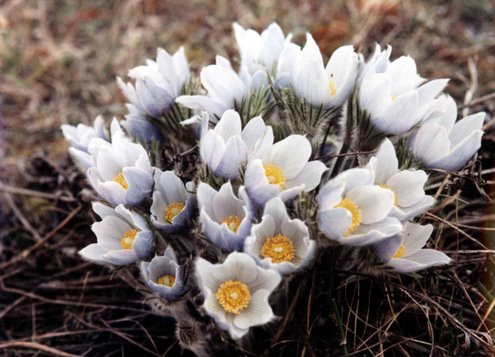Over the last twenty years I have coordinated Alberta Plantwatch and led a team of about 200 volunteer observers in observing the timing of spring plant development. This has produced one of the best seasonality data sets (most observations, longest duration) for recent decades for North America.
Why is such data useful? Inter-annual
variation in the timing of spring plant development is considered to be
the simplest, most sensitive, and most cost-effective method to track
the biotic response to climate change. But unlike other proxy data such
as tree-rings or pollen layers, this annual occurrence of plant
development must be recorded by humans. By engaging the public as ‘eyes
of science’, this biological response data can be gathered over a large
area. Observers benefit through increased awareness of
While
small data subsets have been extracted in the past for research
projects, this is the start of a comprehensive analysis of two decades
of phenology data for 1987 to 2006. It is time to make the data sing!
Questions:
Are
these data, gathered by volunteers, of sufficient quality? Can a
diversity of citizens, most with no science training and who are not
paid for this work, contribute valuable information? Do observers find
and accurately recognize the program’s plant species and bloom stages?
This first round of analysis reveals interesting insights into the quality of the data.
Phenology: biomonitor for climate change
Phenology, “the study of the seasonal timing of life cycle events” (Rathcke and Lacey 1985), includes a variety of events such as first bloom of plants, timing of butterfly emergence or bird migration. Plants are a common focus, since they stay in one spot and are easier to study.
The
timing of spring flowering and leafing of perennial plants in temperate
parts of the earth is largely driven by temperature. The field of
phenology has seen a resurgence of interest in recent decades as a
source of data illustrating how the vegetation responds to climate
change (Parmesan and Yohe 2003, Root et al. 2003).
Trends
in these data help reveal the rate of climate warming and illustrate
the species-specific responses to changes in temperature. Over
recent decades a lengthening of the growing season is evident in the
phenological record, and also in remote sensing data, temperature data,
and CO2 records (Menzel 2003).
Many researchers in
Why track phenology?
Besides their usefulness for climate change studies, phenology datasets have many scientific, industrial, and societal applications. These include remote sensing validation, as well as predictions for decision-making in agriculture (timing of seeding, pest control, and harvest), human health (shifts in pollen seasons and allergies), biodiversity conservation, and wildlife management. In forestry, the data can be used for fire prediction, insect and disease control, and as input to carbon sequestration models. This data is essential for modeling of both forest growth (Rötzer et al. 2004) and the future distribution of tree species (Chuine and Beaubien 2001).
